Apple today released new firmware for the Beats Studio Pro over-ear headphones. The Beats Studio Pro can be updated to firmware version 2C301, up from the prior 2B68 firmware that was installed on the headphones at launch.
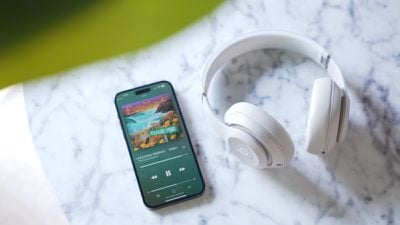
Today's firmware update introduces support for audio sharing, a feature that was not available at launch. Audio sharing is designed to allow two people to listen to music from an iPhone or iPad.
The Share Audio… option was not there on the old 2B68 firmware. pic.twitter.com/5xLX46lElP — Jonathan Forsander (@jforsander) August 20, 2024
Apple introduced the Beats Studio Pro headphones just over a year ago, marking an update to the original Studio headphones that made the Beats brand popular. The $350 Beats Studio Pro headphones feature Active Noise Cancellation support, Personalized Spatial Audio with dynamic head tracking, multiple audio profiles, and improved audio quality with better bass performance compared to prior models.
Apple did not include an Apple audio chip in the Beats Studio Pro, instead opting for a custom Beats chip that provides better feature parity between iOS and Android devices. The Beats chip supports one-touch pairing and setup, Find My integration, and Siri support, but automatic switching between devices is not available.
As with all of Apple's headphone and earbud products, firmware updates for the Beats Studio Pro are delivered over-the-air. Firmware will be installed while the Beats headphones are charging and are in Bluetooth range of an iPhone, iPad, or Mac that's connected to Wi-Fi.
On Android devices, users will need to download the Beats app for Android and connect the Android device to a power outlet to initiate a firmware update. There is no word on what's new in the firmware.



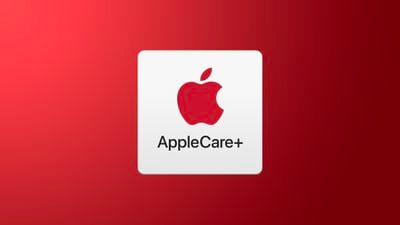
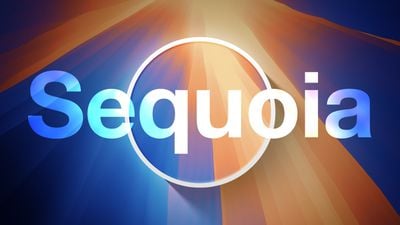
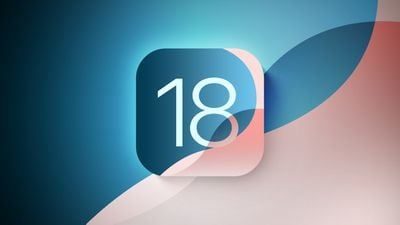


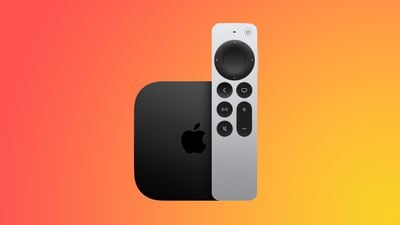
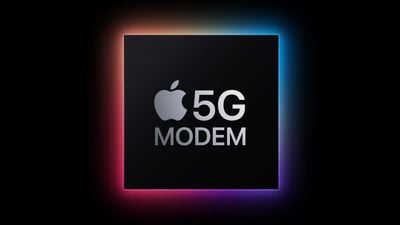
 Note: MacRumors is an affiliate partner with Amazon. When you click a link and make a purchase, we may receive a small payment, which helps us keep the site running.
Note: MacRumors is an affiliate partner with Amazon. When you click a link and make a purchase, we may receive a small payment, which helps us keep the site running.
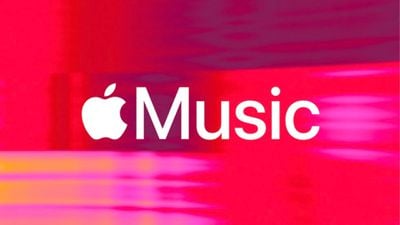
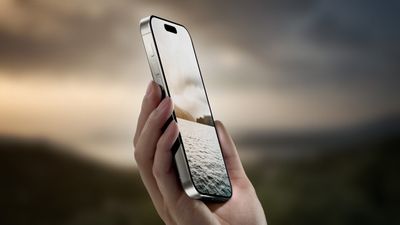


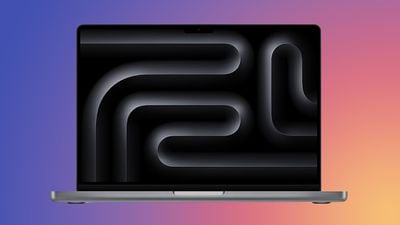 Note: MacRumors is an affiliate partner with some of these vendors. When you click a link and make a purchase, we may receive a small payment, which helps us keep the site running.
Note: MacRumors is an affiliate partner with some of these vendors. When you click a link and make a purchase, we may receive a small payment, which helps us keep the site running.













